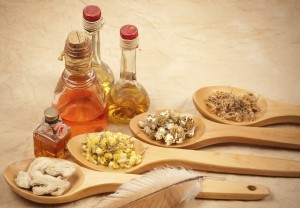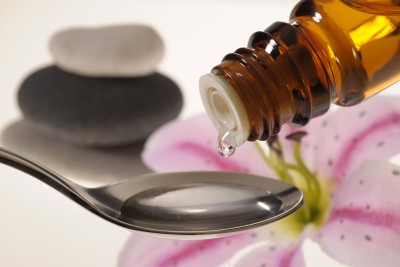 If you own any essential oils, you may have noticed quite a few of them share the same ingredient(s) as your spice rack. This may have got you wondering, how can I cook with essential oils and how can I tell if my essential oils are meant for consumption? As these oils are undiluted and extremely concentrated, they will be much more potent than any spice or ingredient commonly found in your kitchen. Not only are they more powerful, their higher concentration means they also provide a greater level of nutrients including minerals, vitamins, and more.
If you own any essential oils, you may have noticed quite a few of them share the same ingredient(s) as your spice rack. This may have got you wondering, how can I cook with essential oils and how can I tell if my essential oils are meant for consumption? As these oils are undiluted and extremely concentrated, they will be much more potent than any spice or ingredient commonly found in your kitchen. Not only are they more powerful, their higher concentration means they also provide a greater level of nutrients including minerals, vitamins, and more.
Essential Oils Frequently Used in Cooking
While this is by no means an exhaustive list, here are some of the most commonly used essential oils in recipes: lemon, orange, nutmeg, peppermint, oregano, clove, basil, lemongrass, grapefruit, and others. However, not all essential oils are meant for human consumption and should only be used topically. How Can I Tell if an Essential Oil is Safe to Consume? The fastest and simplest way to determine this is by thoroughly reading the label. If it contains any message such as “For Aromatic Purposes Only” or “Not for Internal Use” then do not try to use that essential oil in your cooking. However, if your essential oil contains supplement facts and dietary information, then you know it is safe to use in your cooking. Bear in mind, this only applies if you have taken pains to ensure you have quality essential oils. If you tried to save some money by going for a lesser known bargain brand, you may not have the best quality oils and should therefore not consume them. Read more
 Read more
Read more






